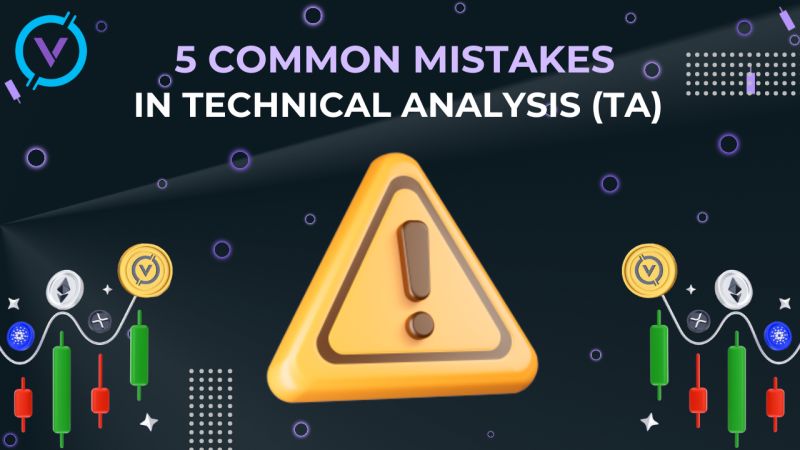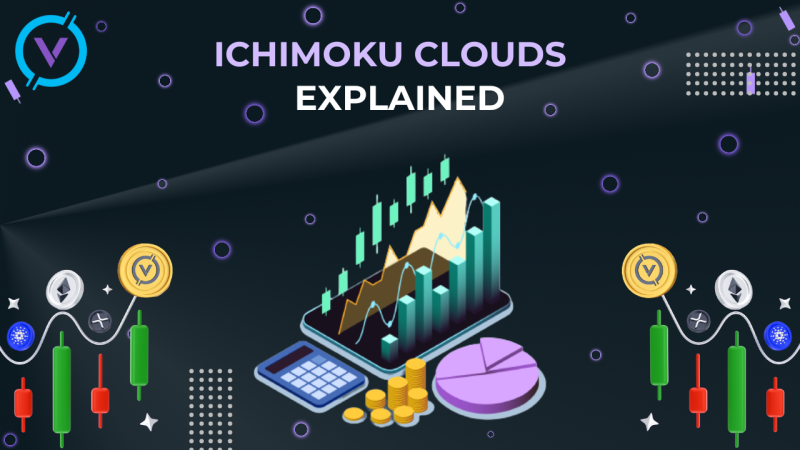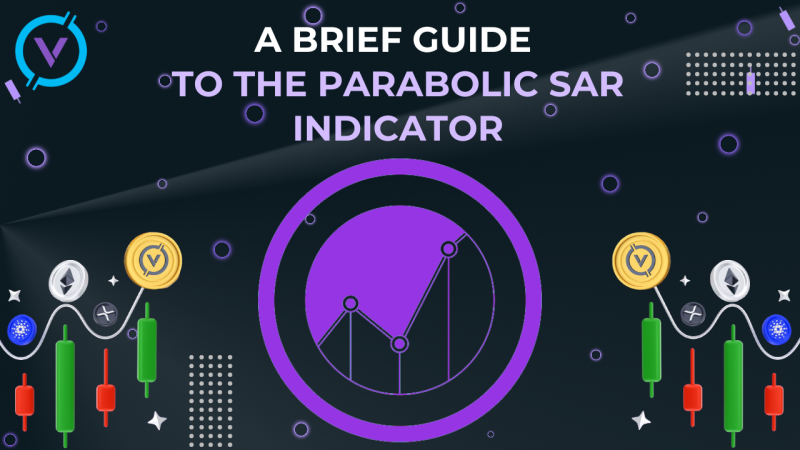Although most blockchain systems operate on Proof of Work (PoW) or Proof of Stake (PoS) consensus algorithms, Proof of Burn (PoB) is being tested as a possible alternative.
Typically, blockchain consensus algorithms address network security, verification, and transaction validation.
A Proof of Work blockchain, like the Bitcoin blockchain, creates a situation in which miners compete against each other trying to solve a complex cryptographic problem. The miner who finds the solution to a particular block first reports his proof-of-work (block hash) to the ether for the rest of the network.
Next, using the distribution of the node network will test the validity of the proof of concept. If verified, the miner becomes the holder of the right to add that block to the blockchain permanently, and is also rewarded with new bitcoins received.
In the Proof of Stake blockchain, the consensus algorithm is set up very differently. Instead of hash functions, the PoS algorithm uses digital signatures to validate coin rights. New blocks are verified by so-called block foragers or miners, the number of which is chosen in a definable way. If the number of coins at stake is higher, the probability of being selected as a block validator is higher. In contrast to PoW systems, most PoS systems, instead, do not provide a reward per block, and the miner is only paid for the transaction.
The Proof of Burn algorithm has a lot in common with PoW and PoS, but it has its own special way of achieving consensus and block validation.
Proof of Burn (PoB)
The concept of Proof of Burn is probably the most recognized and reliable alternative to the PoW consensus algorithm in the cryptocurrency world, even though there are more than one version of PoB.
In many ways Proof of Burn is similar to the Proof of Work algorithm, but has lower power consumption. The block validation process in PoB-based networks does not need to use powerful computing resources, and the process also works well without relying on powerful mining hardware (e.g., ASICs). Thus, cryptocurrencies are specifically burned away as a method of "investing" resources in blockchain, so that candidate miners do not have to invest physical resources. In PoB systems, miners are investing in virtual mining facilities (or virtual mining capacity).
Simply put, by burning coins, each user manifests his/her activity on the network, accessing "mining" and confirming transactions. As coin burning is virtual mining power, how many coins the user burns for the system, how much more mining power the player has and therefore the more likely to be selected as a validator for the next block.
How does Proof of Burn work?
In short, coin burning is the sending of coins to an open verifiable address, after which they become inaccessible and no longer useful. In most cases, such addresses (aka. eater addresses) are generated on a random basis and do not contain private keys associated with them. The process of burning coins obviously reduces the number of coins on the market and causes economic shortages, thereby causing the possibility of an increase in the cost of coins. More to the point, however, coin burning is another option for investing in the security of the network.
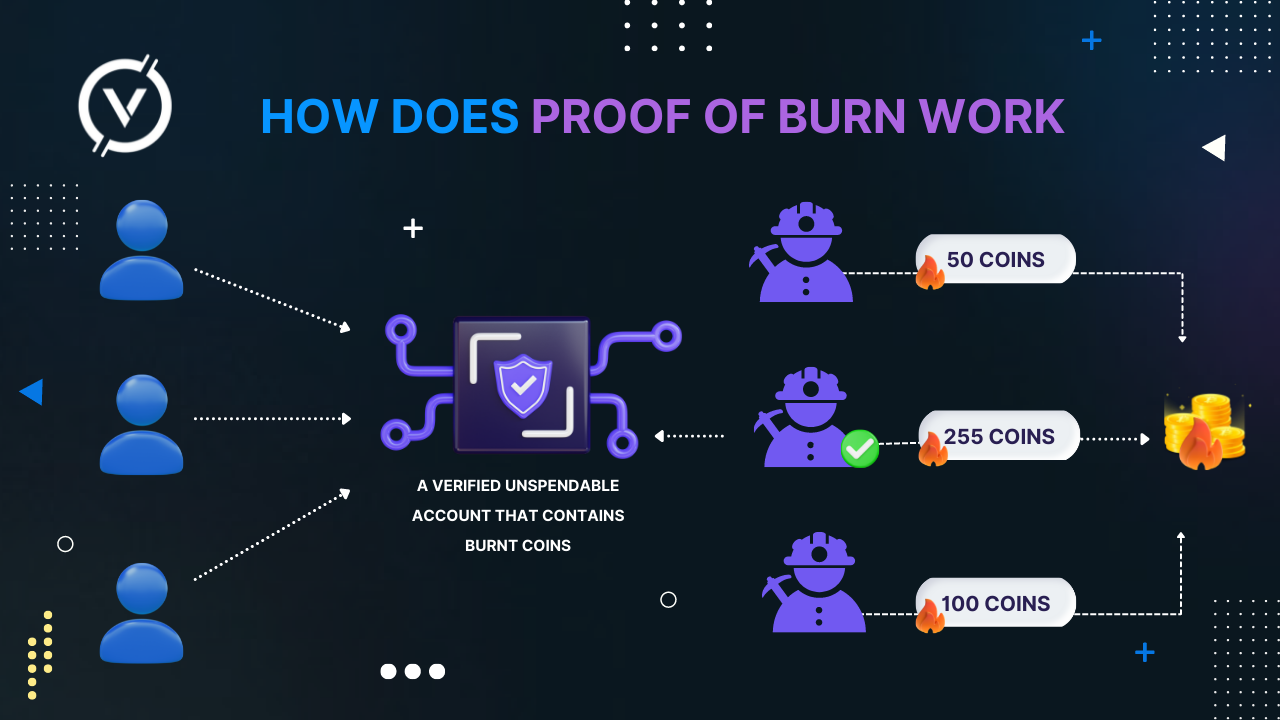
Proof of Burn vs Proof of Stake
With PoB and PoS, validators invest their coins to be able to participate in the consensus mechanism. At the same time, PoS blockchain requires forgers to stake their coins and usually blocks them. If they want out of the network, however, they can get their coins back and sell them on the exchange. Thus, in such a plot, there is no shortage in the market, since the coins are only put out of circulation for a short time. PoB validators, by contrast, must eliminate their coins permanently, which creates a continuous economic scarcity.
Proof of Burn vs Proof of Work
The reliability of the Proof of Work blockchain stems from the fact that miners need to spend a lot of resources to make a profit. It is therefore in the interest of the PoW miner to work honestly and help the network to avoid wasting the initial investment.
The essence resembles Proof of Burn algorithms. However, instead of investing in electricity, labor, and computing power, a PoB blockchain should be created based on investments made through coin burning, and no other investments.
Like PoW blockchain, PoB systems give miners bonuses per block, and over a period of time these bonuses are thought to pay back the initial investment in burned coins.
As noted above, there are different ways to implement the Proof of Burn consensus algorithm. Some projects mine PoB by burning bitcoins, while others reach consensus by burning their own coin.
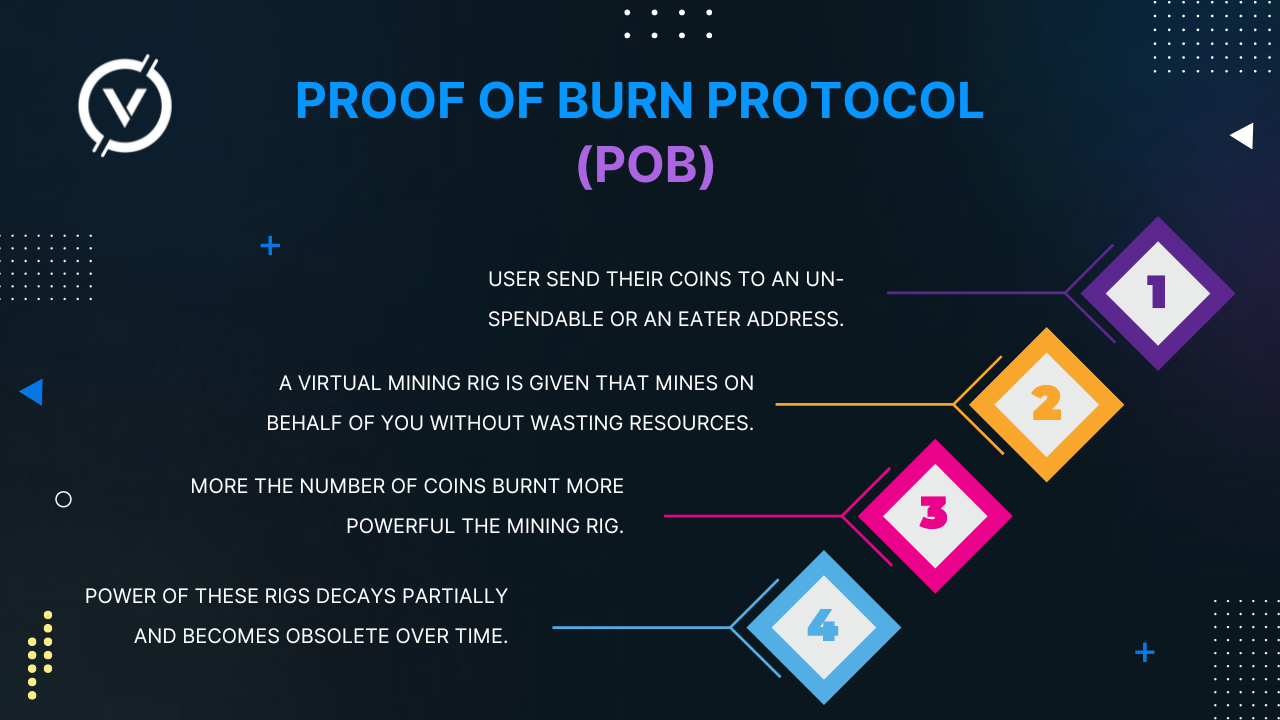
Pros and cons of proof of burn
The pros and cons mentioned below rely on general claims made by PoB supporters and are not based on evidence. These claims are disputed and require further judgment to confirm their validity or lack of validity.
